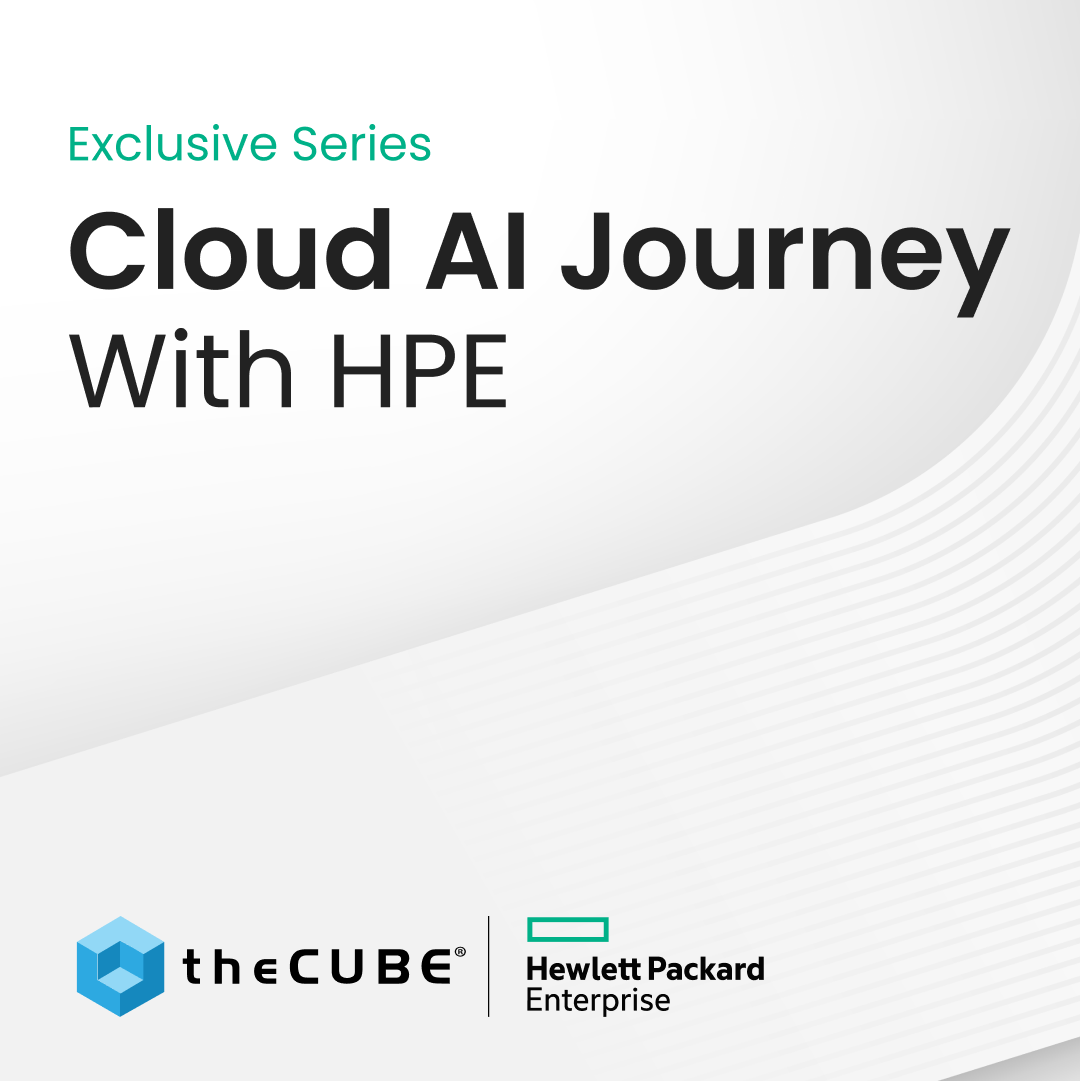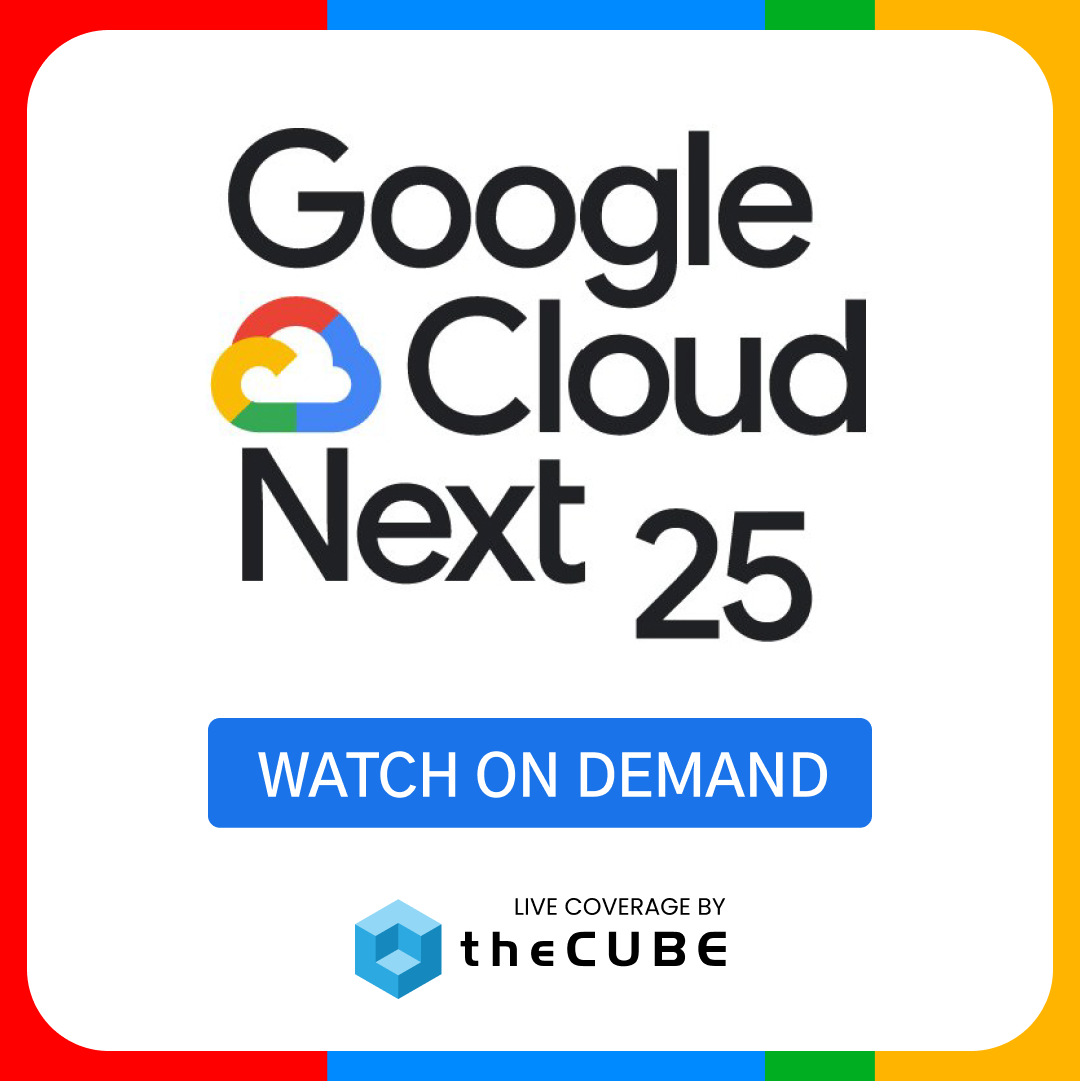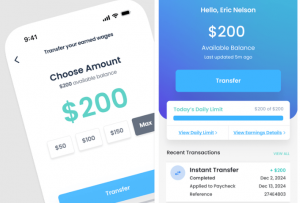Sputnik Laptop and Why Dell Supports OpenStack
![]() For our last interview of Day 1 of #OpenStackSummit, John Furrier (Founder, SiliconANGLE) and Jeff Frick (Team member, theCUBE) interviewed Barton George (Director, Developer Programs, Cloud Group at Dell). In the interview we got to learn more about the Sputnik laptop. What was born out of a concept, the Sputnik laptop was driven by the community that Dell cultivated around the idea of a developer laptop running Ubuntu.
For our last interview of Day 1 of #OpenStackSummit, John Furrier (Founder, SiliconANGLE) and Jeff Frick (Team member, theCUBE) interviewed Barton George (Director, Developer Programs, Cloud Group at Dell). In the interview we got to learn more about the Sputnik laptop. What was born out of a concept, the Sputnik laptop was driven by the community that Dell cultivated around the idea of a developer laptop running Ubuntu.
What was originally announced on George’s blog, his team at Dell quickly realized they had more than just an idea. His blog posts usually received 500 views, and to date this particular blog has over 65,000. Furthermore, when Dell opened up to the community, they had over 6,000 developers write in with more than just a check-box showing interest. The submissions included the languages they develop in, machines they are currently running, etc. so the overwhelmingly positive feedback let George and his team take this idea from project to production.
What was originally announced at OSCon, Dell released the Sputnik laptop, better known as Dell XPS 13 laptop last November. Recently this past February they released version 2 of the laptop, Sputnik 2, a Full HD (FHD) display (1920 x 1080) and has is available in Europe. All of this news is important because there isn’t any other OEM doing a 1st tier developer laptop. When you buy either laptop it comes with pro support, and Dell is encouraging developers to take the laptop and add-on to the platform in this open source model for developer laptops.
Two key takeaways for the Dell XP13 Developer Edition laptop are the two community beta projects:
The Cloud Launcher and the Profile Tool
.
- Profile Tool: The idea behind the profile tool is to provide access to a library of community created profiles on github, such as Ruby and Android, to quickly set up your development environments and tool chains.
- Cloud launcher: The cloud launcher enables you to create “microclouds” on your laptop, simulating an at-scale environment, and then deploy that environment seamlessly to the cloud. Today the launcher uses Juju to jettison application environments from the laptop, to the cloud.
Dell is clearly making a play to beef up its outreach to developers, and as an end-to-end solutions company, expand past its relationship with IT, but now include direct conversation with developers. Additionally George said, “better help IT’s understanding of developers,” to provide the kind of ecosystem where both flourish. I can’t speak to what this project means for Dell’s bottom line, but on the effort alone I can say…this isn’t your parents’ Dell.
A message from John Furrier, co-founder of SiliconANGLE:
Your vote of support is important to us and it helps us keep the content FREE.
One click below supports our mission to provide free, deep, and relevant content.
Join our community on YouTube
Join the community that includes more than 15,000 #CubeAlumni experts, including Amazon.com CEO Andy Jassy, Dell Technologies founder and CEO Michael Dell, Intel CEO Pat Gelsinger, and many more luminaries and experts.
THANK YOU















